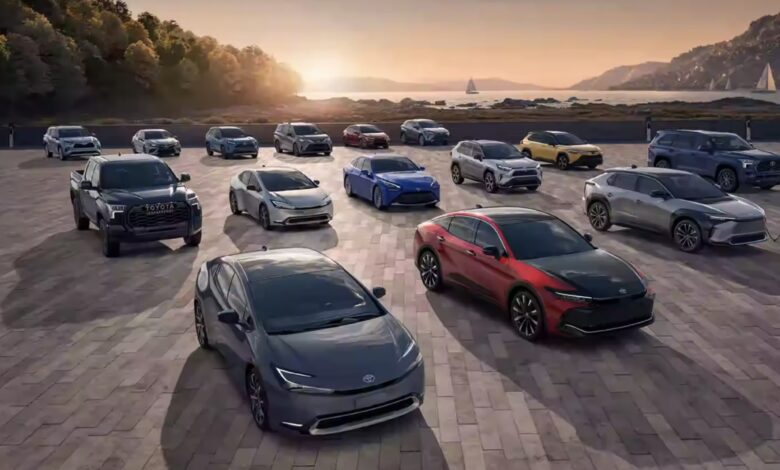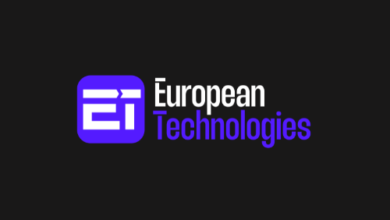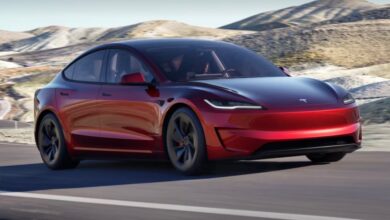Toyota hints at its latest plans for upcoming ICE vehicles

Toyota has made its latest statements doubling down on plans to develop new vehicles with internal combustion engines (ICE), along with continued focus on part-hydrogen-powered options.
In a joint appearance with Mazda, Subaru, and Toyota, a part-owner of the former automakers, one executive recently highlighted and doubled down on the company’s future plans for varying ICE engines, as reported by the Financial Times on Tuesday. The company alluded to plans for battery-assisted engine variants fueled by diesel and petrol, and hydrogen, or e-fuel, as Toyota has referred to it, as part of a larger effort to offer a wide range of vehicle powertrain options.
“In an era when the development of battery electric vehicle technology is accelerating, there is a new role we can pursue for the internal combustion engine as well,” said Koji Sato, Toyota CEO, adding that these ICE engines will use electric vehicle (EV) batteries.
The company says that its upcoming ICE engines will be between 10 and 20 percent smaller, and will utilize EV batteries to offer greater output. One person familiar with the matter told the Financial Times that they’ll first be used in hybrid vehicles, before later being put in plugin hybrids.
The company also expects for the new ICE vehicles to enter production near when the European Union (EU) will begin phasing in new emissions regulations, around the end of 2026.
Toyota did not comment in the report as to how much it planned to invest in the engine line. CTO Hiroki Nakajima has said that it will be a “magnitude smaller” than what the automaker is currently investing into EV development.
“Both the batteries for electric vehicles and international combustion engines are important,” Nakajima said.
In January, Toyota chairman Akio Toyoda said he believes EVs will only ever reach a 30 percent share of the global auto market, and the automaker has been quick to dismiss the emerging technology for the past few years. The automaker has called gas, hybrid, and hydrogen investments a more “practical” path to reaching carbon neutrality than the one that only includes battery-electric options.
What are your thoughts? Let me know at zach@teslarati.com, find me on X at @zacharyvisconti, or send us tips at tips@teslarati.com.



